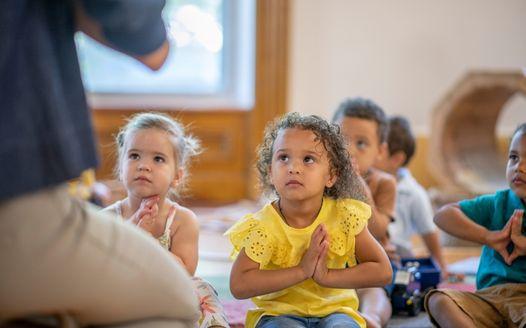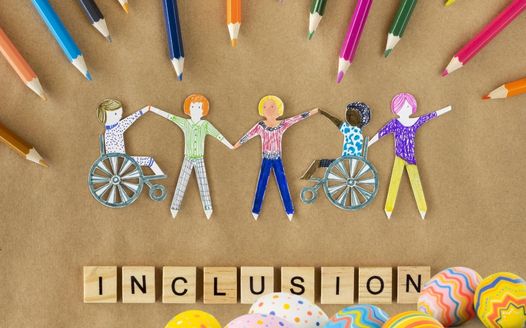How to have a calmer classroom through mindfulness – interview
Most of us, big and small, are coming under the pressure of today’s hectic way of life. It is therefore desirable to learn the basics of mental hygiene from the earliest age. The concept of mindfulness is a reliable method of coping with emotions, negative thoughts and stressful situations.
We talked with our colleague Dominika Skipalová about inner well-being and other benefits of practicing mindfulness in kindergarten.

Dominika graduated as a kindergarten teacher and worked as a teacher before coming to Twigsee.
So, she knows from experience that mindfulness training can be a fun activity for young children that brings calm and effectively helps with building emotional stability.
have heard the term mindfulness a few times,
but I admit that its meaning still eludes me. Can you explain what it is?
I’d love to. It’s a form of meditation. In mindfulness, one focuses on full concentration, on the present moment and on the perception of one’s own body and mind without evaluation. Mindfulness can help people cope with stress, improve sleep quality and increase overall well-being. Mindfulness is also often used as a therapeutic tool to treat a variety of mental health problems such as anxiety, depression and violent behaviour. The goal of mindfulness is to increase emotional stability and awareness so that one can live more fully and effectively.
Can you give an example of how to do this?
I can mention a simple breathing exercise that is suitable for beginners and, of course, for children. I recommend closing your eyes. Try to remember that you’re breathing. Try to observe your inhalation and exhalation, just observe. You may find that you tend to control your breathing, but try to let your body breathe all by itself. If a thought occurs to you, accept it, but don’t expand on it, go back to the breath. You can combine this with visualization. Imagine inhaling freshness, a pleasant silver vapor. And that with the exhale, tension, stress, fatigue, like heavy black smoke, goes away.
I have read that the concept of mindfulness is also finding success in the field of education. How specifically?
Personally, I think it’s mainly because mindfulness gives you the basics of some mental hygiene. Children learn at an early age to relax and focus on the present moment. This makes them calmer, they don’t feel as much stress and they learn to work with themselves to be more emotionally stable.
How can practicing mindfulness in kindergarten help?
It is precisely because children feel better, are calmer and can concentrate more. The best feedback is when your pupil comes to you and asks if we could do some mindfulness exercises and yoga, they are feeling a bit nervous and need to calm down. 😀
What can children and teachers achieve through regular practice?
To your inner personal well-being. To the fact that when a person encounters some difficult or unpleasant situation, he can cope with it better and handle it.
You are preparing a workshop on the use of mindfulness in kindergartens. What to expect from it?
The aim of this workshop is to pass on the information and my experience so far to other teachers. They have a beautiful but challenging job and this technique can be helpful to them. I have observed amazing transformations in myself and in “my” kindergarten children. I will be very happy if mindfulness helps other people to have more inner well-being.
What would you like participants to take away from the workshop?
I would like it to be an enjoyable time for them and for them to take away concrete tips on how to use mindfulness in their kindergartens.
22. 3. 2023 | Martina Zatloukalová














